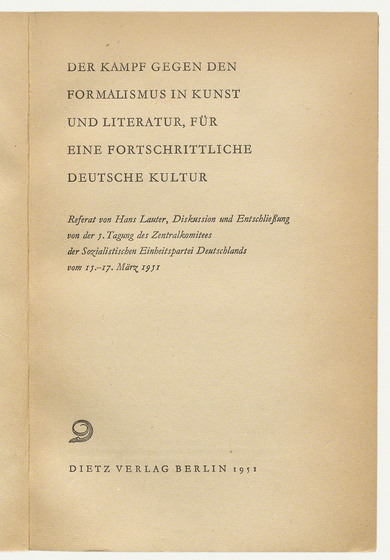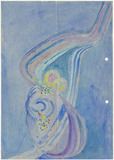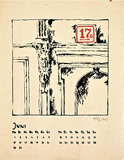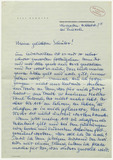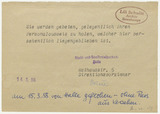Formalism debate
Formalism debate
After 1945, different demands were placed on art and artists in the two German States. In the FRG, abstract works and above all lofty expectations of artistic individuality prevailed as a result of the return to classical modernist art, whereas in the GDR, the main purpose of art was to serve the state ideology.
In the late 1940s a doctrine emerged in the Soviet Union that decried formalism and subjectivism in art as anti-democratic. Instead, a folksy style of art with accessible content was called for. In 1951 the plenary of the SED adopted a decision against formalism in art and literature. The resulting "socialist realism" was binding within the GDR and was in conscious opposition to the art of the West. In 1954, the Ministry of Culture monitored its nationwide observance. Government pressure thus gave rise to figurative art which was committed to the preservation and advancement of the worker and farmer state.
In practice this political influence began in the education for artists. The events which took place at the Hallense Kunsthochschule Burg Giebichenstein in the 1950s provide a good example here: local conflicts at the time reveal that the prescribed anti-formalist course was not without controversy and could only be achieved with rigid restriction of artistic potential. Furthermore, the flight from the GDR of local teacher Lili Schultz in 1958 was evidence of the high price which had to be paid for adopting a strict non-conformist attitude.
Besides Schultz, numerous other artists such as the painter Hermann Bachmann and Kurt Bunge left the DDR in the context of the formalism debate in the 1950s in order to avoid state paternalism. Up until 1989 this paternalism was the reason for many artists, such as Gerhard Richter in 1961, to emigrate from East Germany in an effort to develop and express themselves freely.
Further reading:
Goeschen, Ulrike: Kunstmodell und Normdiktat. Die Etablierung des Sozialistischen Realismus zwischen 1945 und 1953, in: Rehberg, Karl-Siegbert / Holler, Wolfgang / Kaiser, Paul (Hrsg.): Abschied von Ikarus. Bildwelten in der DDR – neu gesehen, Köln: Walter König 2012, S. 125-131.
Schröder, Benjamin / Staadt, Jochen (Hrsg.): Unter Hammer und Zirkel. Repression, Opposition und Widerstand an den Hochschulen der SBZ/DDR, Frankfurt am Main: Peter Lang 2011.
Hütt, Wolfgang: Gefördert. Überwacht. Reformdruck bildender Künstler der DDR. Das Beispiel Halle, Dößel: Janos Stekovics 2004.

